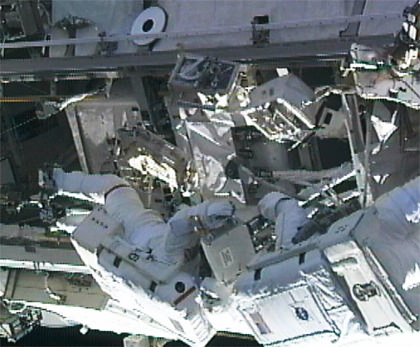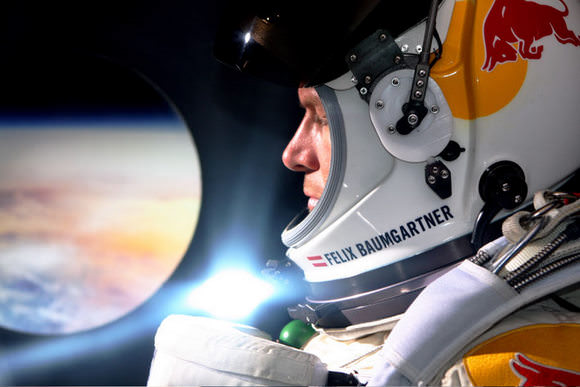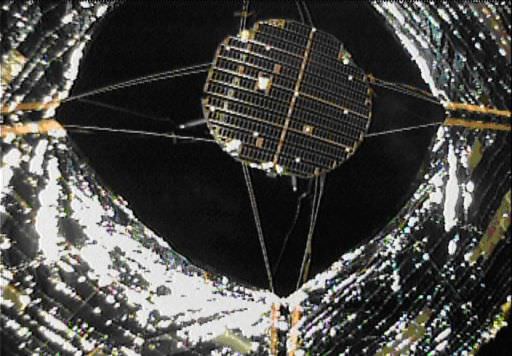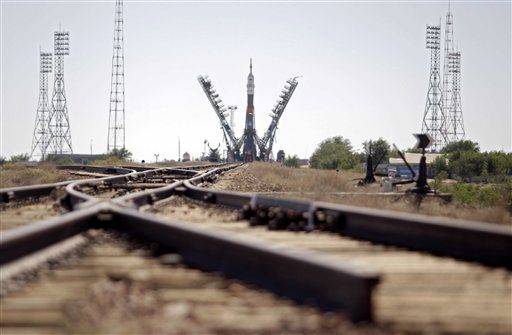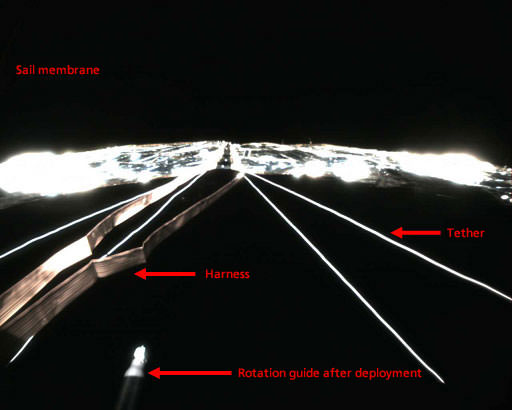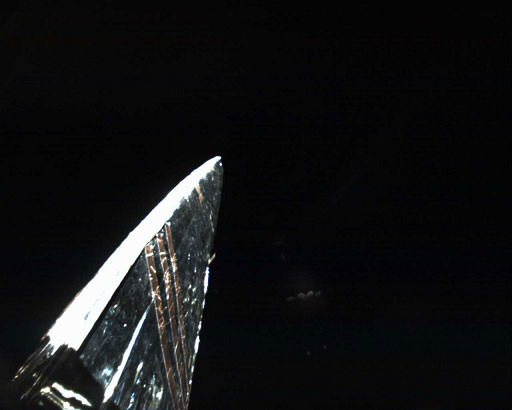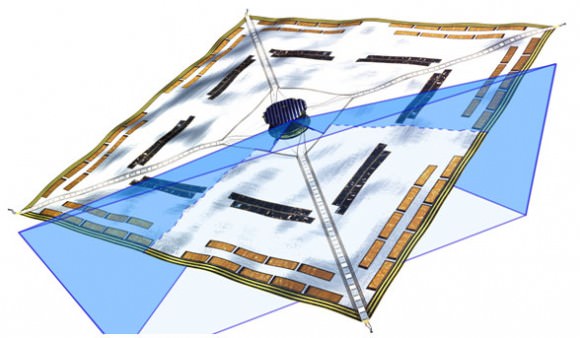Expedition 24 Flight Engineers Douglas Wheelock and Tracy Caldwell Dyson battled with a balky ammonia pump on a spacewalk that lasted for eight hours and 3 minutes. Sadly their efforts were in vain. A line connected to the pump began leaking ammonia forcing mission managers on the ground to reevaluate the situation. They decided to leave the pump where it is for the time being. The coolant problem has caused the International Space Station (ISS) to run at a diminished capacity since the pump began acting up.
The spacewalk marked the sixth-longest in human spaceflight history and the longest at the space station without a space shuttle present. For Wheelock it was his fourth spacewalk, it was Caldwell Dyson’s first. The pair wrapped up their first attempt at 3:22 p.m. EDT. Teams monitoring on the ground wanted to review the situation further before the next spacewalk, currently scheduled for Wednesday, Aug. 11, takes place.
[/caption]
Meanwhile all of the crew members are perfectly safe and the space station itself is operating at a normal capacity (many science experiments have been shut down to avoid overheating). Engineers also powered down and adjusted other systems on the station to avoid any complications. The ammonia pump failed last week and is one of two located on the space station’s S1 Truss element.
There are currently two additional spacewalks planned to address this problem. The next one is currently scheduled to take place no-earlier than Wednesday, Aug. 11.

